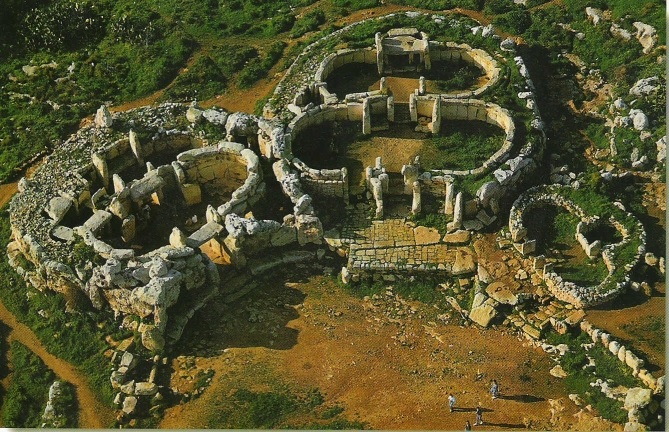Groundbreaking Research Reveals the True Purpose of Malta's Megalithic Monuments
What if everything we thought we knew about Malta's ancient temples was wrong? What if these mysterious Stone Age monuments, built thousands of years before the Egyptian pyramids, held secrets that mainstream archaeology has been missing for decades?
At the recent Origins Conference, researcher Lenie Reedijk presented compelling evidence that changes everything we understand about these remarkable structures. Her decades of research, culminated in the book "Sirius: The Star of the Maltese Temples," offers elegant solutions to riddles that have puzzled archaeologists for generations.
The Mystery That Captivated a Researcher for Decades
Picture this: More than 60 temples scattered across the tiny Maltese islands, all built in the same distinctive style, all following similar ground plans. Yet here's the puzzle that kept Reedijk investigating for years - while these temples of Malta share clear design patterns, no two point in exactly the same direction.
Why would Stone Age people build so many temples? And why do their orientations form two distinct patterns while maintaining individual uniqueness?
The answer, as Reedijk discovered, lies not on Earth but in the stars above.
The Stellar Connection That Changes Everything
Through meticulous research detailed in her groundbreaking book, Reedijk revealed that these ancient monuments serve an astronomical purpose. The Malta temples align with Sirius, the brightest star in our night sky, providing an elegant explanation for their mysterious orientations and incredible number.
This discovery doesn't just solve architectural puzzles - it revolutionizes our understanding of when these temples were actually built. Using stellar alignment as a dating method, Reedijk's research pushes the construction dates much further back in time than conventional archaeology accepts.
Uncovering Archaeological Cover-ups
But Reedijk's investigation revealed something even more disturbing. Her research uncovered deliberate maneuverings within Maltese archaeology that have systematically depreciated the true significance of these temples in human cultural history.
These aren't just academic disagreements - they represent conscious efforts to downplay evidence that challenges established timelines and threatens conventional archaeological narratives.
From Translator to Temple Detective
Born in the Netherlands, Lenie Reedijk came to this discovery through an unexpected path. As a juridical translator by profession, she brought analytical precision to archaeological mysteries that had stumped researchers for generations.
Living in Malta from 1990 to 1996 gave her front-row seats to the fierce debates surrounding Malta's early human and temple culture. During those crucial years, she witnessed firsthand the publications and controversies that would later fuel her own groundbreaking research.
A Legacy of Archaeological Excellence
Reedijk's contributions to understanding Malta's ancient temples extend beyond her stellar discovery:
"Archaeological Walks on Gozo" (Malet Books 2009) - Now in its third edition, this work introduced countless readers to Gozo's remarkable megalithic heritage.
"Sirius: The Star of the Maltese Temples" (MaletBooks 2018) - The culmination of decades of research that's reshaping our understanding of prehistoric Malta.
Her expertise has made her a sought-after speaker, including upcoming appearances on Megalithomania's specialized Malta tours.
Why This Discovery Matters Now
In an era when Netflix documentaries like Ancient Apocalypse are bringing ancient mysteries to mainstream audiences, Reedijk's work provides the rigorous research backing that separates speculation from scientific discovery.
Her findings about the temples of Malta don't just solve old puzzles - they open new questions about the sophistication of our Stone Age ancestors and the astronomical knowledge they possessed thousands of years earlier than we ever imagined.
The implications are staggering: If Malta's temple builders could track stellar movements with such precision, what other advanced knowledge did ancient civilizations possess that we're only now beginning to understand?



Recent Comments